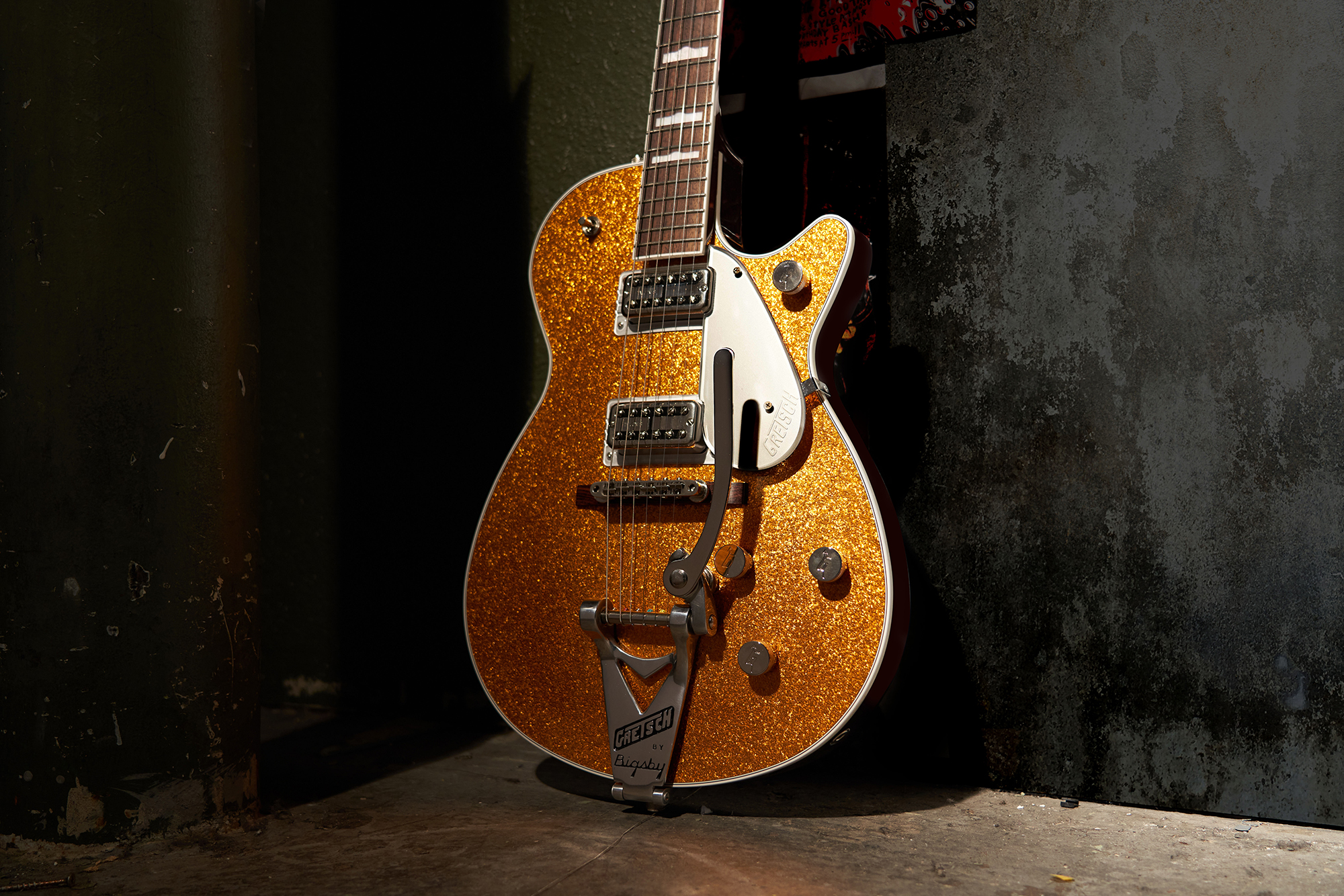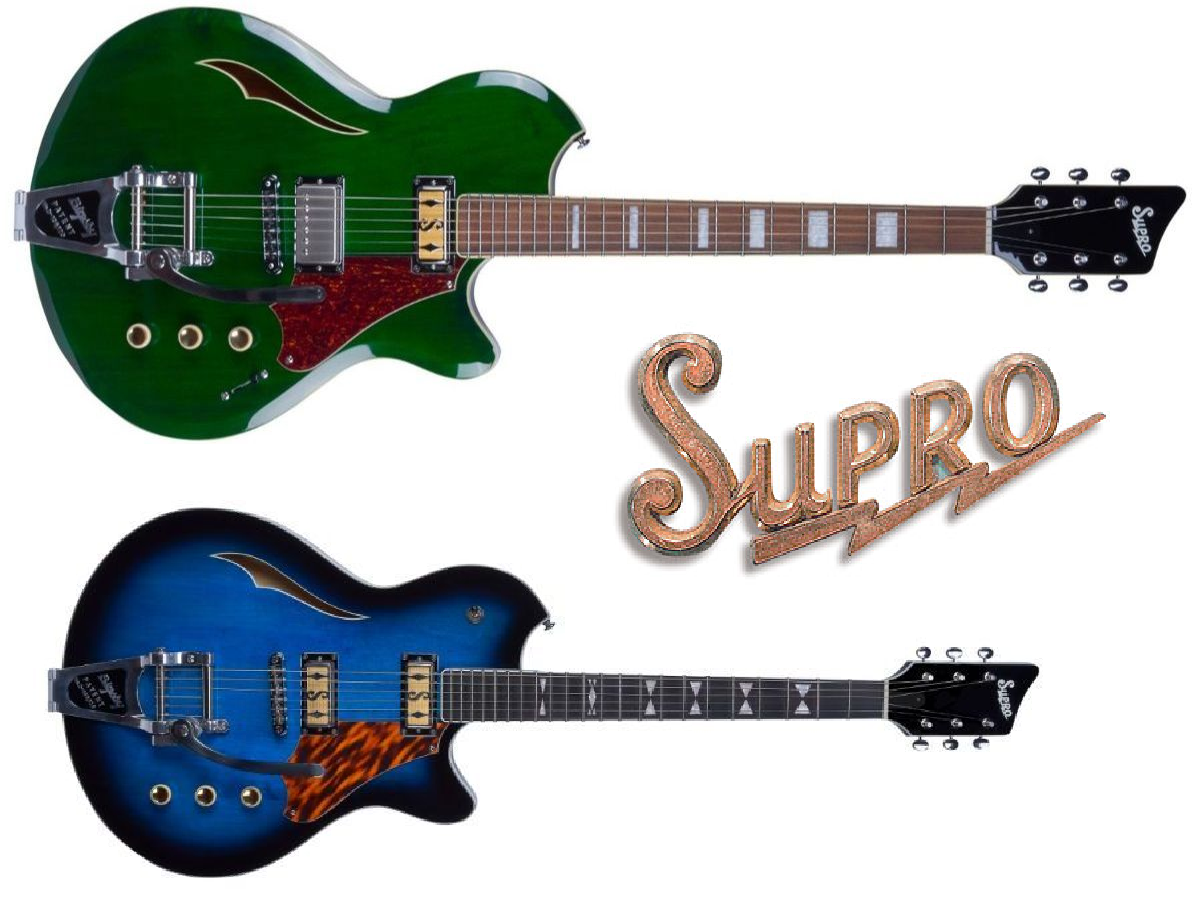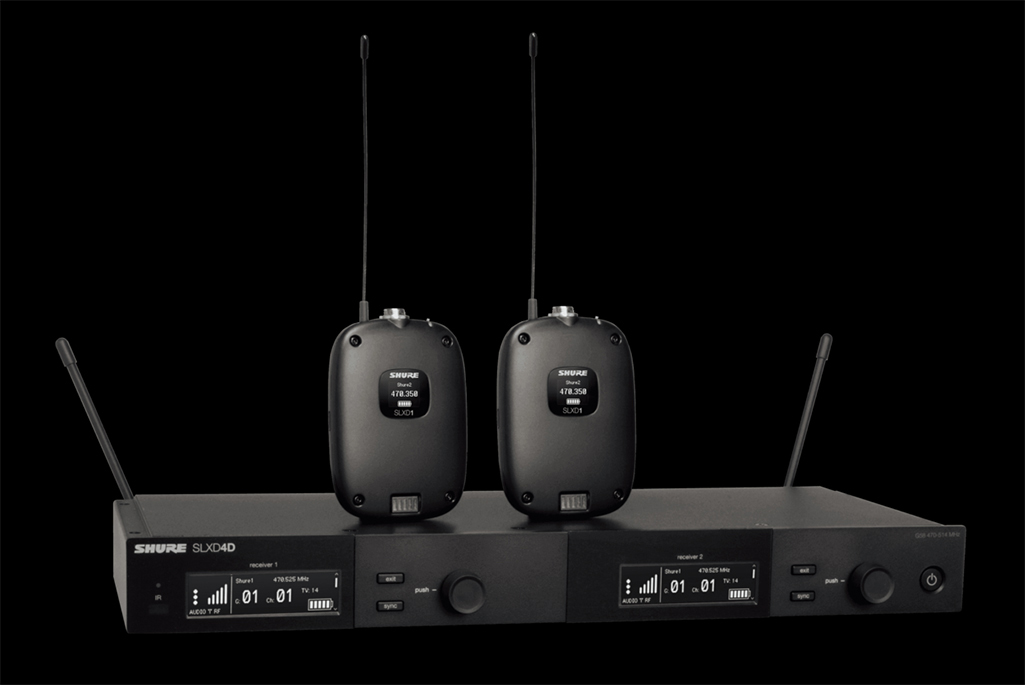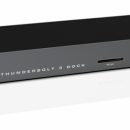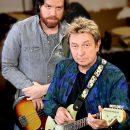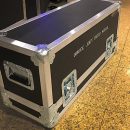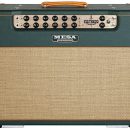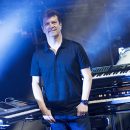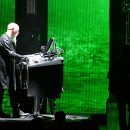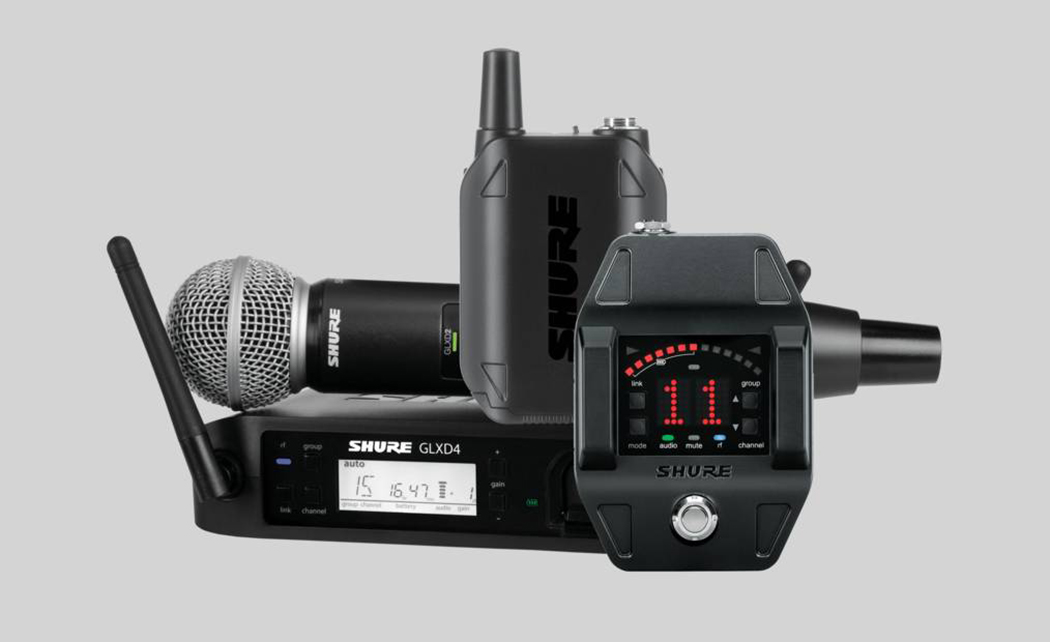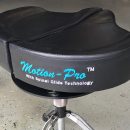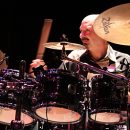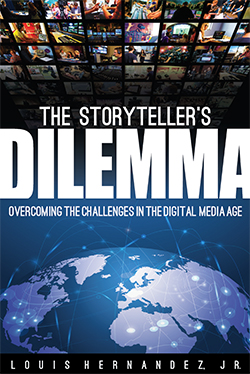 Why You Should Know Him
Why You Should Know Him
The age of ‘80s rock was rich with musical talent who were often overlooked due to more mainstream artists. One artist in particular, Trevor Rabin, was one of these gems of the rock and roll world. His first band, Rabbitt, was a successful South African rock band formed in the ‘70s, but it wasn’t until leaving his native home for England in the following decade that things took a big change.
Rabin began playing with former Yes drummer Alan White and bassist Chris Squire, forming a new band named Cinema. It wasn’t until Squire shared some of their demos with Jon Anderson, who was so taken by Rabin’s songs that he wanted to come on board, too, that the record label took an interest in what was materializing… and they quickly realized that the band might find a larger audience if they preserved the name, Yes, instead. Then, former Yes keyboardist, Tony Kaye, came on board as well. Had it not been for Trevor Rabin serving as the catalyst for fresh new music with White and Squire, Yes would have faded into obscurity, just another nearly-forgotten, British prog rock band from the ‘60s and ‘70s.
With this new line up, though, the band took a more musical and pop-oriented direction that yielded their greatest selling album, 90125, and it yielded the band their first ever, number one hit, “Owner of a Lonely Heart.” By 1985 the band earned their only Grammy for Best Rock Instrumental Performance, for their two-minute track, “Cinema.”
In 1986, Yes began recording their twelfth album, Big Generator. Halfway through, Rabin took over final production and the album was released in 1987. Songs from the album that achieved chart success included “Love Will Find a Way,” “Rhythm of Love,” and “Shoot High Aim Low.”
In late 1988, Rabin began to write with Supertramp singer Roger Hodgson to work on his fourth solo album, Can’t Look Away. Rabin released one more album with Yes in 1994, Talk, before leaving the band to score films.
The Gear
In an interview with Musicplayers.com, Rabin stated that, “Well, I’ve got a billion guitars, like most guitarists, but the one which I really gravitate to most is my Fender Stratocaster, which I’ve been using since I was, I think 19 years old.” He goes on to detail the wear and tear he has put on the guitar, explaining how long it’s been with him and the significance it has had in his career. Rabin also enjoys using a signature model he created with Alvarez a few years back.
For the majority of the ‘80s, Rabin used a 100-watt Marshall amp for most of the album 90125, as well as a 50-watt Marshall that has since been stolen. When asked about what he currently uses, he said, “Chris Squire was using Ampeg and I tried some of the guitar amps, the VT120s, which I fell in love with and use to this day.”
In terms of delays and harmonizers, Rabin expressed his love for MXR’s, but stated that, “Once I got into Ampeg and got into using the [Bob] Bradshaw rig, which I’ve had—I’m on my third one from him, he’s great, I changed from the MXR, because there just wasn’t enough variation and manipulation and I went into the Eventide, which I used until quite recently for harmonizing and some weird effects.”
When recording the sound and guitar for “Owner of a Lonely Heart”, Rabin stated that, “There were two amps facing each other about a foot apart, with basic dynamic mics placed right up against the speakers on each amp. One amp had the regular guitar signal going into it, and the other had just the fifth harmony from an MXR Pitch Transposer. We added reverb and compression at the board, but otherwise, that’s how we got the sound.”
Where Is He Now?
Rabin went onto score multiple films including popular movies like Armageddon, Remember the Titans, Gone in 60 Seconds, and National Treasure I and II. He is a Hollywood A-List composer to this day.
Rabin released his fifth solo album in 2012, Jacaranda. The idea for the album came about in 2007 and was further developed based on a new direction Rabin wanted to take with his music. Without any direction from a record company, Rabin plays all of the instruments himself, excluding the drums, on the album.
In 2016, Rabin toured with Rick Wakeman and Jon Anderson as Anderson, Rabin, and Wakeman (ARW), playing a variety of songs from the Yes catalog. In 2017, the band, Yes, was inducted into the Rock n’ Roll Hall of Fame, and in 2017, the trio continue touring, this time billed as Yes Featuring Jon Anderson, Trevor Rabin, and Rick Wakeman. Even more exciting is that these legendary musicians are writing new music together, and a new record is to be expected sometime in the next year or two.
Back to the Top 40 Under-Appreciated Guitarists of the 1980s.

